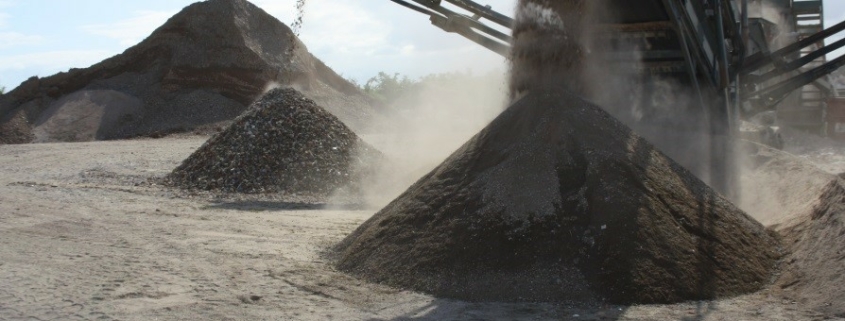HP 14 classification of mirror entries in the List of Wastes – proposals for further developing the German ‘Recommendations for the ecotoxicological characterization of wastes’
According to Directive 2008/98/EG in connection with Decision 2000/532/EC (European List of Wastes, LoW), waste has to be classified as hazardous or non-hazardous. The LoW contains ‘absolute hazardous entries’ (wastes that are hazardous without further assessment), ‘absolute non-hazardous entries’ (wastes that are non-hazardous without further assessment) and ‘mirror entries’ (wastes that can be classified as either hazardous or non-hazardous, depending on their properties). A waste is defined as hazardous, if it displays at least one of 15 hazard properties. The hazard property ‘ecotoxic’ (HP 14) can be evaluated using a calculation approach based on the content of hazardous substances in a waste sample or using ecotoxicity tests with the respective waste sample or a waste sample eluate. In several EU member states including Germany, recommendations for the ecotoxicological characterisation of wastes have been published. However, there is no harmonised guidance for evaluation of the hazard property ‘ecotoxic’ (HP 14) using ecotoxicity tests.
The present project was initiated to verify and further develop the ‘Recommendations for the ecotoxicological characterisation of wastes’ published by the German Environment Agency in 2013. In a first step, a literature search was performed to (1) identify national and international approaches for evaluating the hazard property ‘ecotoxic’ (HP 14) of waste using ecotoxicity tests and (2) to verify the set of test methods recommended by the German Environment Agency (2013) in view of the current state of science. Based on the results of this literature search, suggestions were made how to adapt the German strategy for ecotoxicological characterisation of wastes. In a second step, ten waste samples belonging to mirror entries were characterised with regard to the hazard property ‘ecotoxic’. Special attention was placed on obtaining representative waste samples and eluates for use in the bioassays. For each waste, three aquatic and three terrestrial ecotoxicity tests were performed. Suggestions are being developed how to update and advance the German ‘Recommendations for the ecotoxicological characterisation of wastes’. The project results will be discussed in a workshop with stakeholders.
Last update: December 2023

 Ralf Ketelhut
Ralf Ketelhut T. Junker
T. Junker